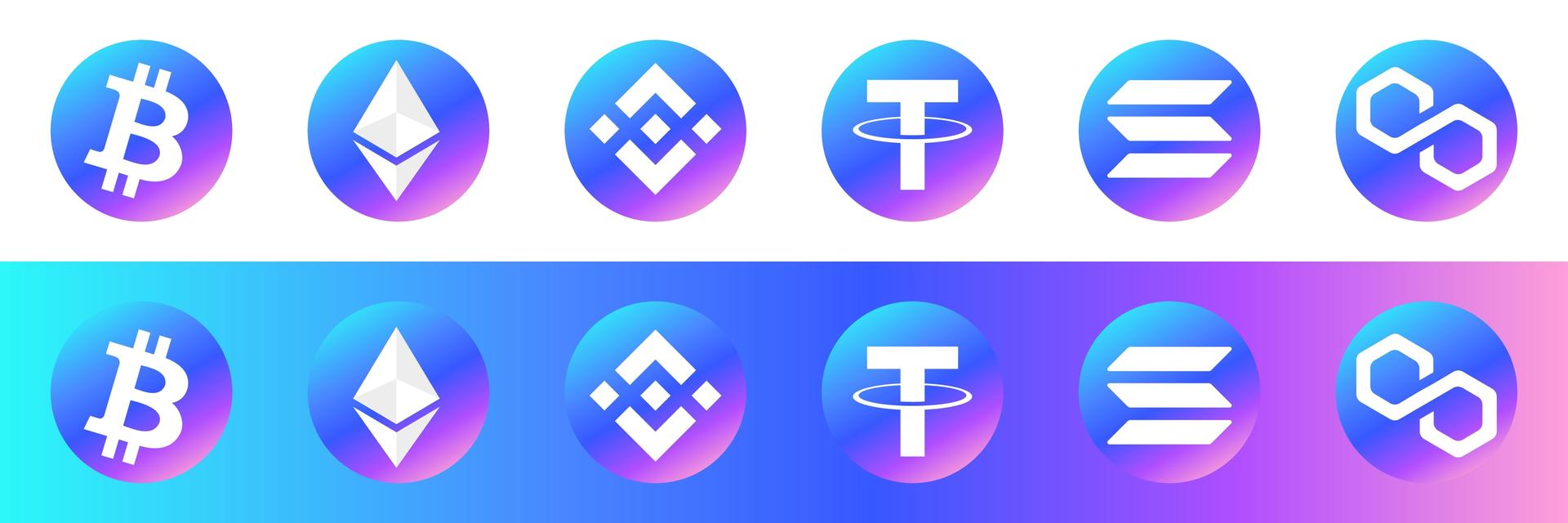Published August 29, 2022

The future of non-fungible token (NFT) blockchains is bright. NFTs are unique tokens that cannot be replaced by another token offering the same utility. Each NFT has its own properties, attributes, and features, making them non-interchangeable. Some of the most exciting projects in this space are Ethereum, Polygon, and Solana — all of which have their own benefits and drawbacks. In this article we will explore the top three NFT blockchain projects to keep an eye on in 2022 and share our thoughts about their current market outlook as well as long-term potential.
Ethereum
The Ethereum blockchain was one of the first projects to launch in the NFT blockchain space. It has been very successful over the years, as it is currently the second largest blockchain by market cap. However, Ethereum has some drawbacks that have led to the launch of new projects. Bad scalability: Ethereum has struggled with scalability for years, and it has become a big problem for the blockchain. Although a bit lower recently, transaction times and fees have skyrocketed, and the blockchain can only process 15 transactions per second. On the other hand, It's no secret that Ethereum has the largest market share and developer community of the three blockchains when it comes to NFT development and a strong consideration if you need assistance or support for your project.
Polygon
Polygon has already established itself as one of the best choices for NFT development, especially among startups and independent developers. It has become a popular choice for NFT development since it provides resources similar to those provided by Ethereum, but with improved performance in other areas. Polygon is a layer-two scaling solution for Ethereum that has proven itself to be a sweet spot for NFT development due to its similarity to Ethereum resources. Solidity is used to write Ethereum and Polygon smart contracts. Because of its low throughput of around 15 transactions per second, Ethereum has very limited throughput, as mentioned previously. In contrast, the Polygon network has the ability to handle thousands of transactions per second.
Solana
Solana is mostly focused on private blockchains and enterprise uses - its public blockchain community is growing but smaller. Due to the fact that Polygon and Solana blockchains process transactions at a fraction of the price of Ethereum, Polygon is a strong competitor. Solana can process 65,000 transactions per second in theory, making it along with Polygon a better choice for NFT use cases with high volume of transactions. One unique feature of the Solana blockchain is that it uses a consensus mechanism known as PoH (Proof of History) which enables every node to have its own clock and take decisions, without consulting each other.
How to Buy and Sell NFTs?
NFTs can be bought and sold through cryptocurrency exchanges or in online marketplaces like OpenSea, Rarible, etc like other digital tokens. They can be bought for fiat currencies like the US dollar or for cryptocurrencies like ETH or BTC. Once the tokens are bought, they are held in a digital wallet and can be traded or exchanged for other tokens. Tokens can be transferred from one person to another. The transfer is recorded on the blockchain of the token’s network, and the new owner can see that they own the tokens.
Limitations of NFTs in the Real World
NFTs are a great way to represent unique digital assets that can’t be copied or reproduced. They allow for unique digital collectibles to be created and traded among users. However, there are some limitations to what NFTs can do. - If you choose to invest in NFTs, you should be aware of their limitations: NFTs are not an asset class; rather, they are a technological method to indicate ownership. Additionally, just like photographs can be copied, digital photos can also be duplicated and appear identical to the original. The proliferation of unlimited copies of fine art has caused confusion and perplexity in the art world. Is there any reason to spend a lot of money on the original if people can download thousands of copies from it? It's clear that digital artworks are virtually identical to traditional masterpiece artworks. The only Mona Lisa that still exists is the one that was painted by Leonardo da Vinci. There are, however, no restrictions on the number of copies that may be produced. It's the same with non-fungible tokens (NFTs): only one individual can own the original.
Final Words: Which NFT blockchain should you invest in?
All of the NFT blockchain projects mentioned in this article have bright futures, and really the use case should dictate the choice appropriate for your project. In terms of smart contract security, both Ethereum and Polygon have proven themselves as reliable choices. High-ticket projects tend to pick Ethereum as they are aimed toward high-ticket buyers and transaction fees are less of a factor. Projects creating a large number of NFTs at a lower price point and anticipating large churn often pick Solana. However, many projects find Polygon to be a sweet spot between scalability, ease of development, and market size. An interesting trend to keep an eye on is major tech companies like Meta (through Instagram) announcing support for NFTs within their applications which may also have an impact on their popularity.



